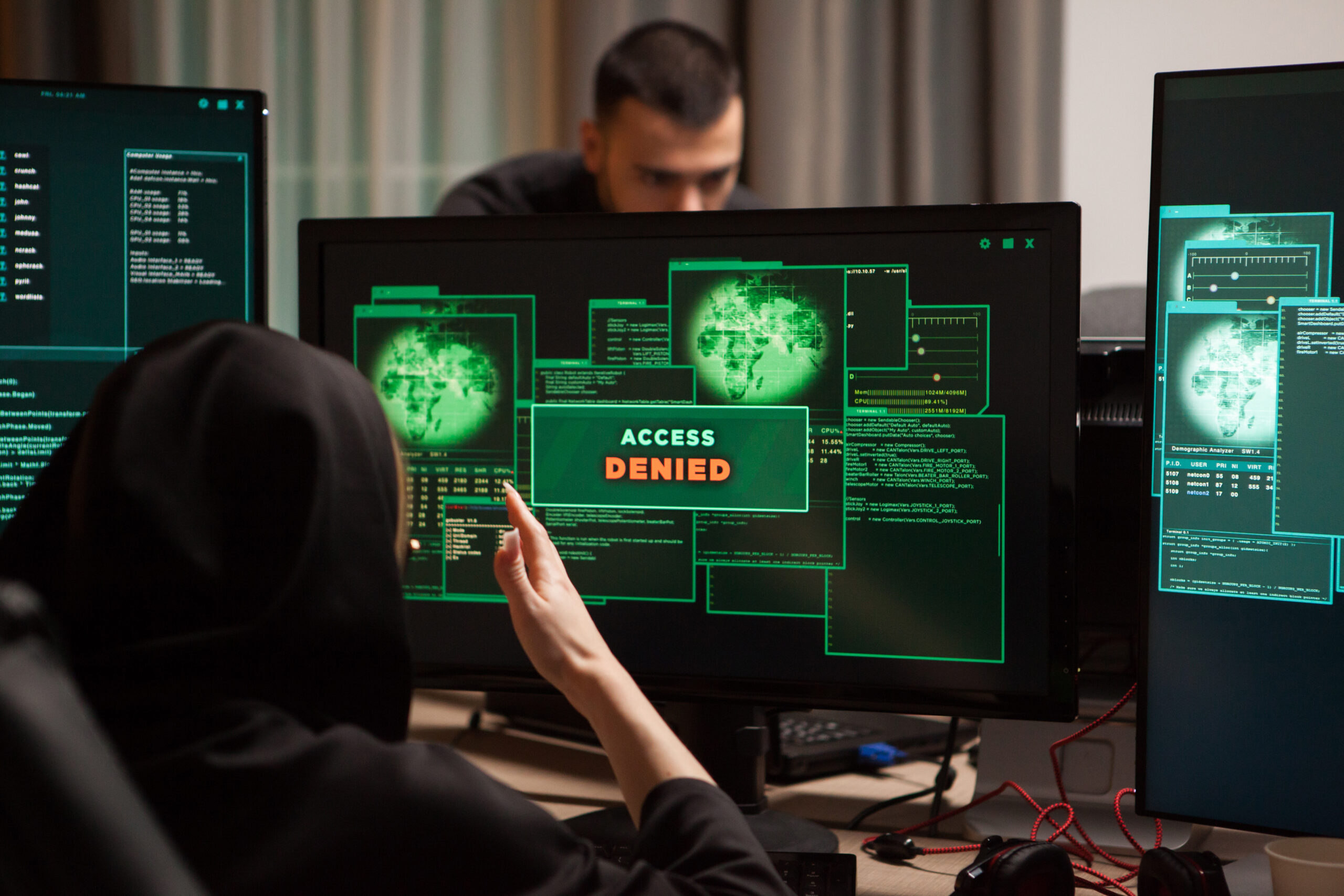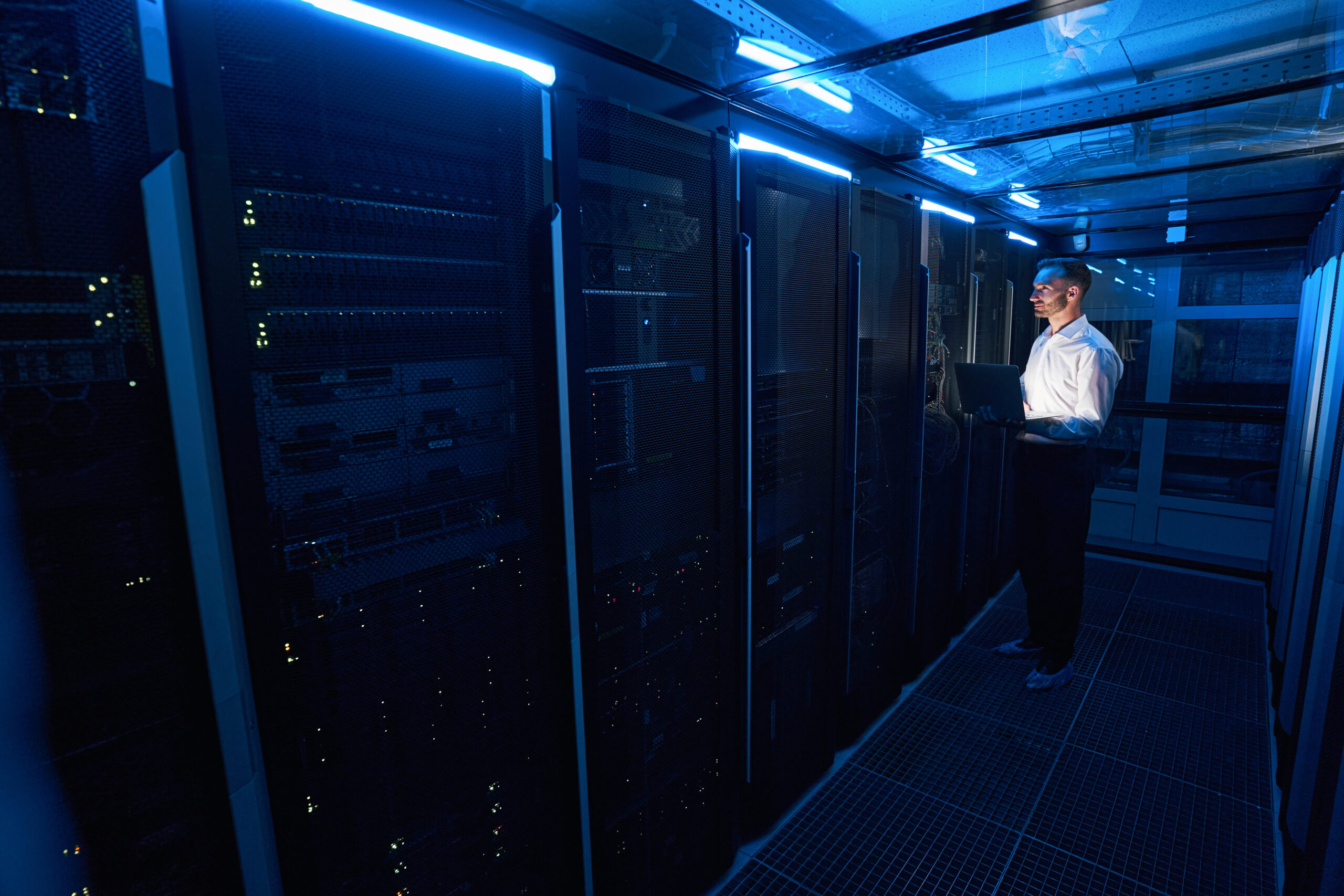November 14, 2025By Rocheston
AI in Cloud Security: Protecting Data in the Cloud Era As organizations migrate their workloads to the cloud, securing data in this dynamic environment has become one of the biggest challenges of the digital era. Traditional security methods are no longer enough to protect against modern cyber threats that evolve rapidly and target cloud infrastructures
November 12, 2025By Rocheston
🌐 The Role of AI in Securing IoT Networks The Internet of Things (IoT) has revolutionized the digital landscape. From smart homes and wearable devices to industrial sensors and connected vehicles, IoT has woven technology into every aspect of our lives. However, this interconnectivity brings with it an enormous security challenge — each device represents
November 12, 2025By Rocheston
🧠 Reducing False Positives in Security Alerts Using AI In the world of cybersecurity, one of the biggest challenges organizations face is the overwhelming flood of security alerts generated daily. Traditional security systems often raise thousands of alerts — but only a small fraction are truly malicious. The rest are false positives, which waste time,
November 7, 2025By Rocheston
How AI Helps Organizations Respond to Cyber Incidents Faster In the modern digital era, cyber incidents are no longer a matter of if but when. As organizations handle enormous volumes of data and operate on interconnected networks, cyber threats continue to evolve in sophistication and scale. Traditional security systems, though effective to some degree, often
November 7, 2025By Rocheston
AI vs. Advanced Persistent Threats (APTs): The New Frontline of Cyber Defense In today’s hyper-connected digital world, cybersecurity has evolved into a battle of intelligence. On one side stand Advanced Persistent Threats (APTs) — stealthy, organized, and highly sophisticated cyberattacks that infiltrate systems, linger undetected, and extract valuable data over time. On the other side,
November 6, 2025By Rocheston
Can AI Fully Replace Human Cybersecurity Analysts? The Rise of AI in Cybersecurity Artificial Intelligence (AI) has rapidly become one of the most transformative forces in cybersecurity. From detecting anomalies in network traffic to automating threat responses, AI systems are now central to modern defense strategies. Tools powered by machine learning can analyze millions of
November 6, 2025By Rocheston
Cybersecurity Challenges & AI Solutions The Modern Cybersecurity Landscape In today’s hyper-connected digital world, cybersecurity has become one of the most critical challenges for individuals, businesses, and governments alike. As organizations move their operations online, they face increasingly sophisticated cyber threats — from phishing and ransomware attacks to insider threats and zero-day exploits. Cybercriminals are
November 5, 2025By Rocheston
🤖 Risk-Based Cybersecurity Frameworks Powered by AI In the modern digital age, cybersecurity threats are evolving faster than traditional defense mechanisms can handle. Organizations no longer rely solely on static security controls — they now embrace risk-based cybersecurity frameworks that dynamically adapt to changing threats. But the real game-changer? Artificial Intelligence (AI).By integrating AI into
November 5, 2025By Rocheston
🤖 Ethical AI in Cybersecurity: Balancing Protection and Privacy In today’s hyperconnected world, Artificial Intelligence (AI) has become a crucial ally in the fight against cybercrime. From predicting data breaches to detecting phishing scams, AI-powered tools strengthen digital defenses like never before. Yet, as we rely more on intelligent systems to protect us, a pressing
November 4, 2025By Rocheston
AI for Continuous Monitoring of Critical Infrastructure In an era where nations rely heavily on digital ecosystems, critical infrastructure—including energy grids, transportation systems, water supply networks, and healthcare facilities—has become a prime target for cyberattacks. These systems form the backbone of national security and economic stability, making their protection a top priority. To address the











